
Top 13 Micro SaaS Ideas - Profitable Examples for 2024
Top 13 Micro SaaS Ideas - Profitable Examples for 2024. That's going to give you some really good inspiration …

Almost 90% of SaaS startups fail because of run marketing strategies, cash flow problems and bad product market fit. But how to be in this 10% of successful SaaS and micro SaaS companies?
In this article I am going to share 5 golden rules you should follow in order to build a successful micro SaaS first and make a profitable business later.
I guarantee that after watching this article, you will learn something new.
Lets go!!!!
Lets get started and the rule number one is called a cash cow. As you might already know that micro SaaS is a small SaaS business that is focused on creating one product that solves one need for a specific market niche.
So usually micro SaaS businesses are self funded while traditional SaaS companies often rely on investments. Some might argue that Microsoft’s businesses can be managed by one person. However, I find it hard to believe that a single individual can be an expert in coding, marketing and sales while also having the financial resources to self fund the startup to profitability.
I don’t say that it is impossible, but you need a decent cash flow to keep your SaaS company alive. But how can you do it? You need a cash cow.
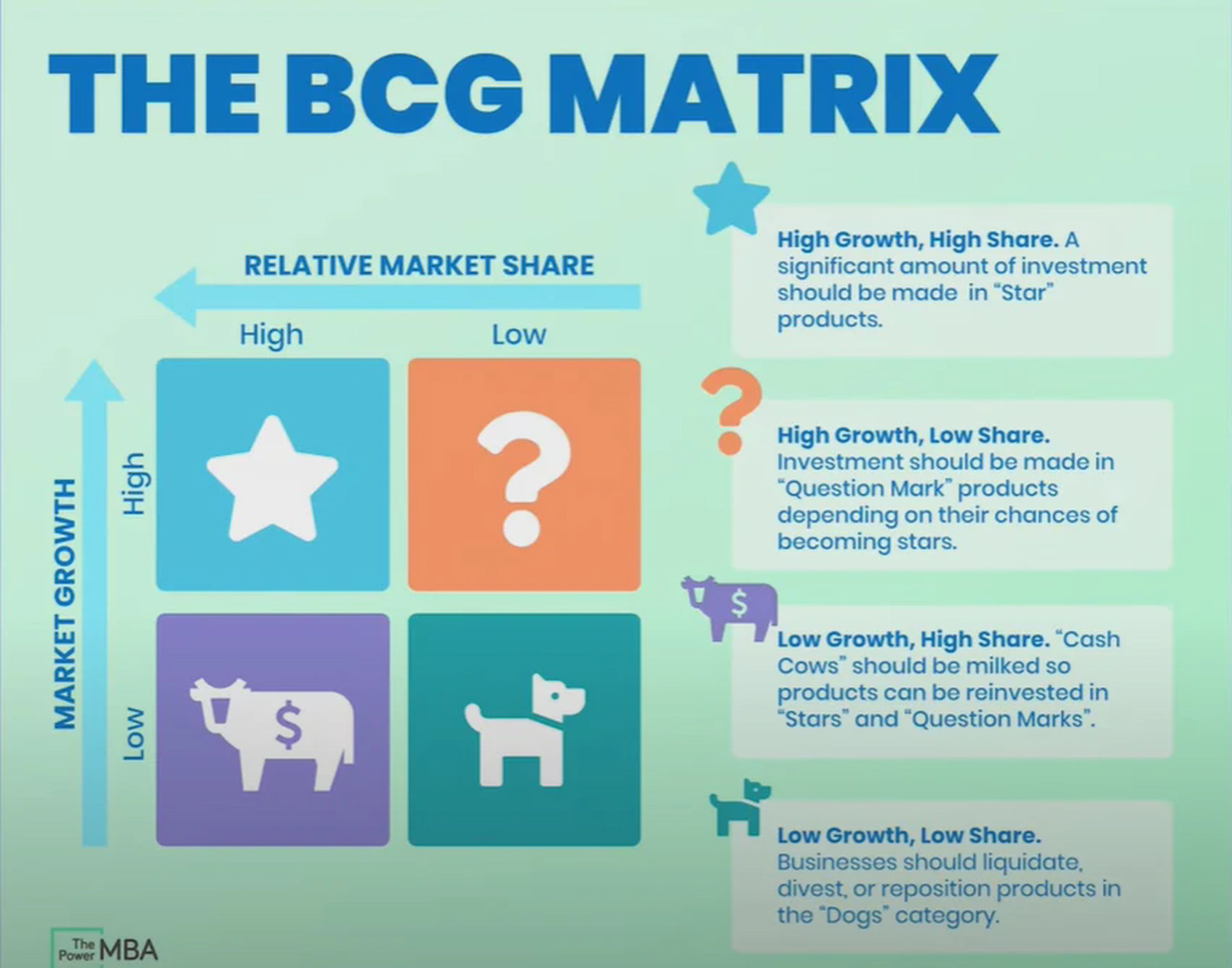
There is a chart called growth share Matrix that includes 4 categories and one of these four is called a cash cow.
In simple words, a cash cow is a business side hustle product or a nine to five job. In our case that makes money and allows us to spend some of this money to ensure slow growth of your Microsoft business. Here is an illustration that describes why this model is named cash cow.
If we are talking about real world companies, a good example is Apple.
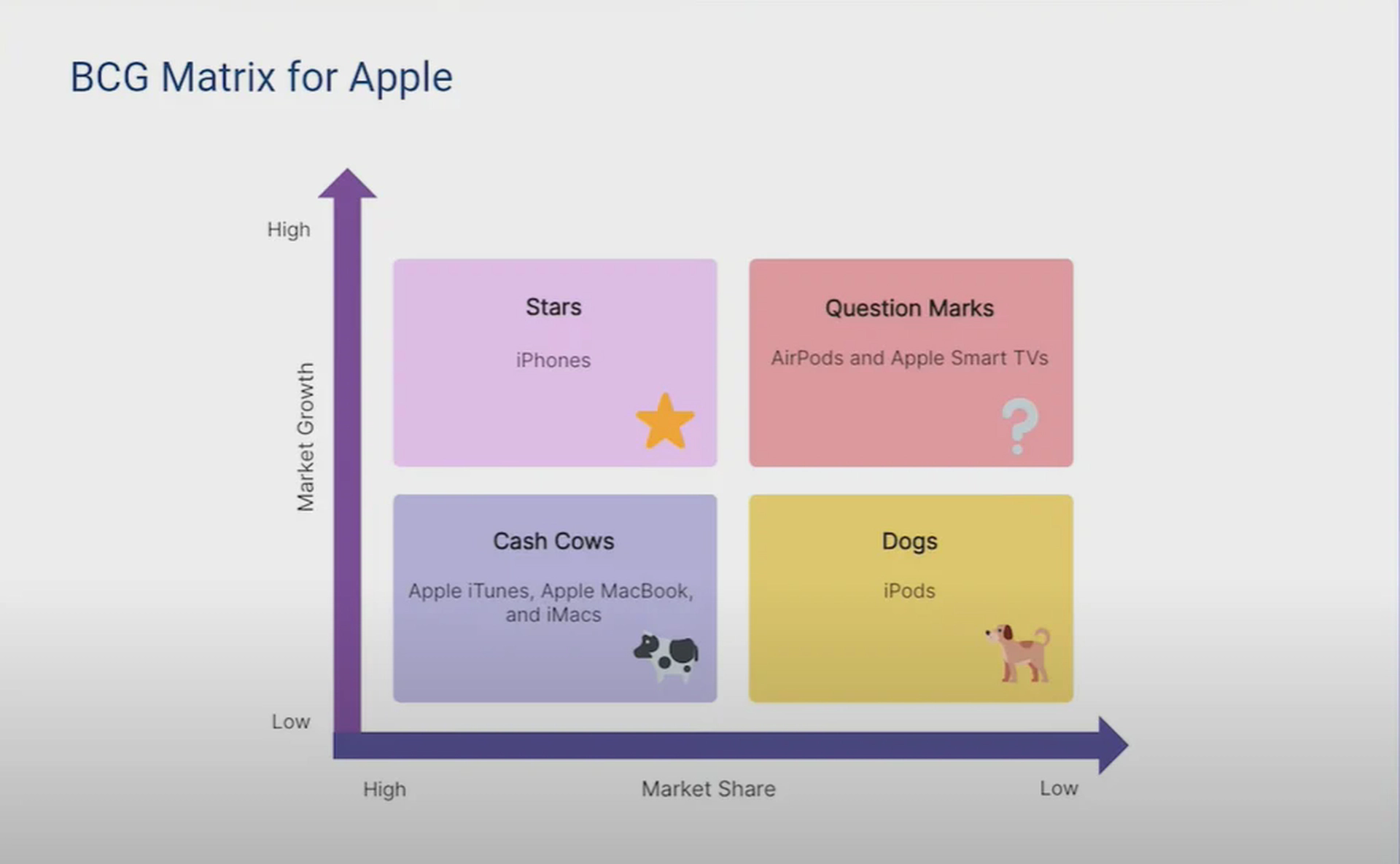
By selling MacBooks and iTunes songs, gift cards or subscriptions, Apple has an ability to find their star product and iPhone and new high risk products such as Apple TV. But in our case, again, to make sure our microsite is growing, we need to feed it with money to build first and to promote on regular basis later.
Usually it can be any money making eight to five job or a side hustle. In my case we have several web development clients who pay us on a monthly basis and using this money we invest in our SaaS company. We buy backlinks for better SEO, test paid advertising, hire developers to help us and so on. Of course you can find an investor or it might be your business partner or a friend or even relatives. But usually that’s not the case when we are talking about micro SaaS products. And even if you have a decent amount of money as an emergency fund and you want to invest them into your micro SaaS, which is risky, I would say be ready that you will spend them one day.
And if your startup will not be profitable at that time, what would you do? So to sum up everything about our first rule, a cash cow helps you to avoid cash flow problems when growing your micro SaaS. Nothing to add here.
Moving to our rule number two, the rule of thumb or 40–40–20 rule.
The rule of thumb is widely known in marketing, wealth building and business as well. In our case, it’s also practical when building a micro SaaS product. I see that a lot of interpreters are focusing mostly on development. They built a promising SaaS product but they have no leads. Other business owners don’t know how to build a custom micro SaaS product. They use ready to use solutions such as web builders, and in the end they start to promote it.
But nobody wants to pay because the product is average or there are a lot of other alternatives on the market. But there is a solution called the 40–40–20 rule.
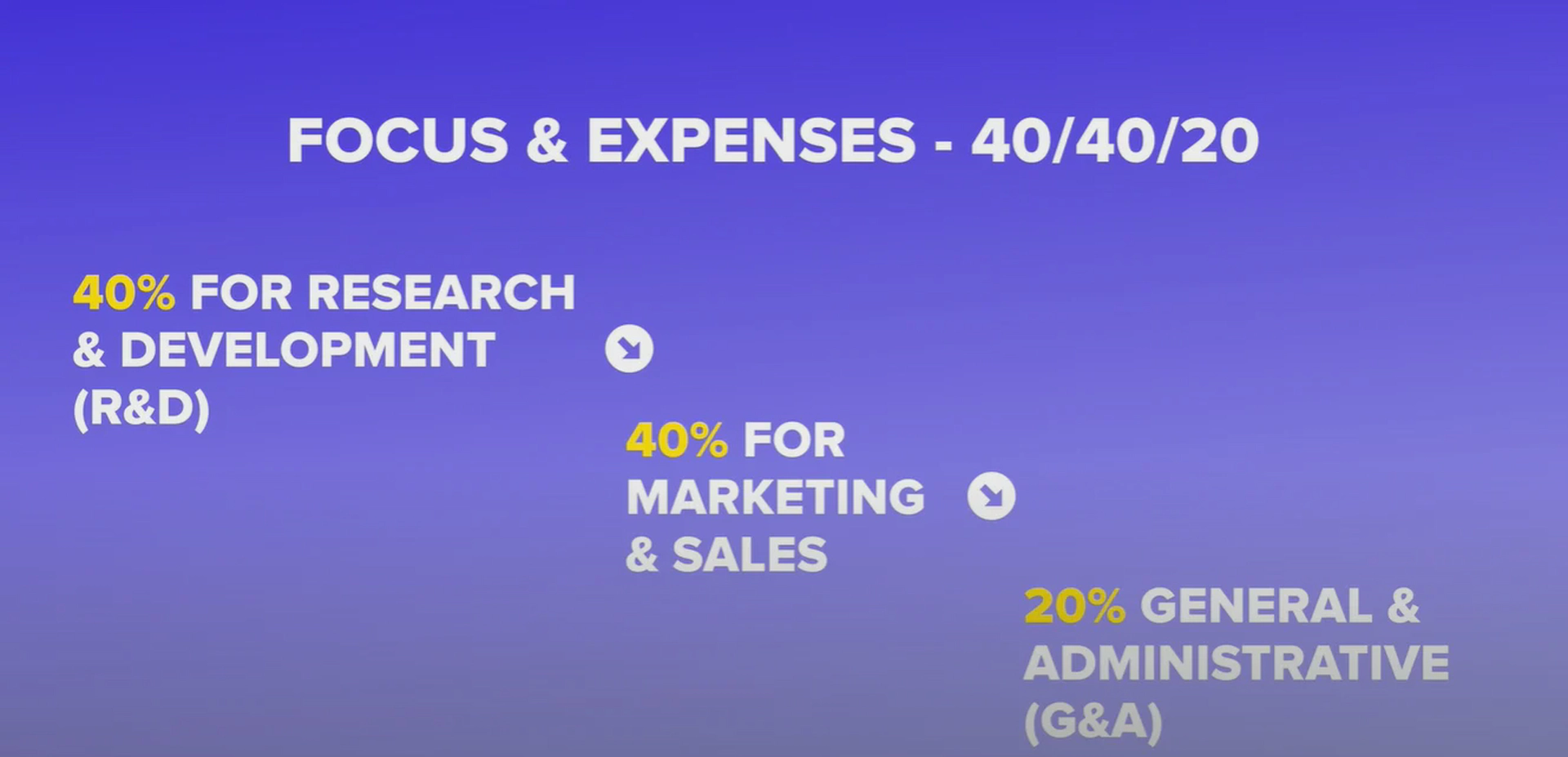
The 40% of your focus and expenses should be invested into your R and D as known as research and development stage, another 40% on marketing and sales and the last part of 20% on general and administrative things.
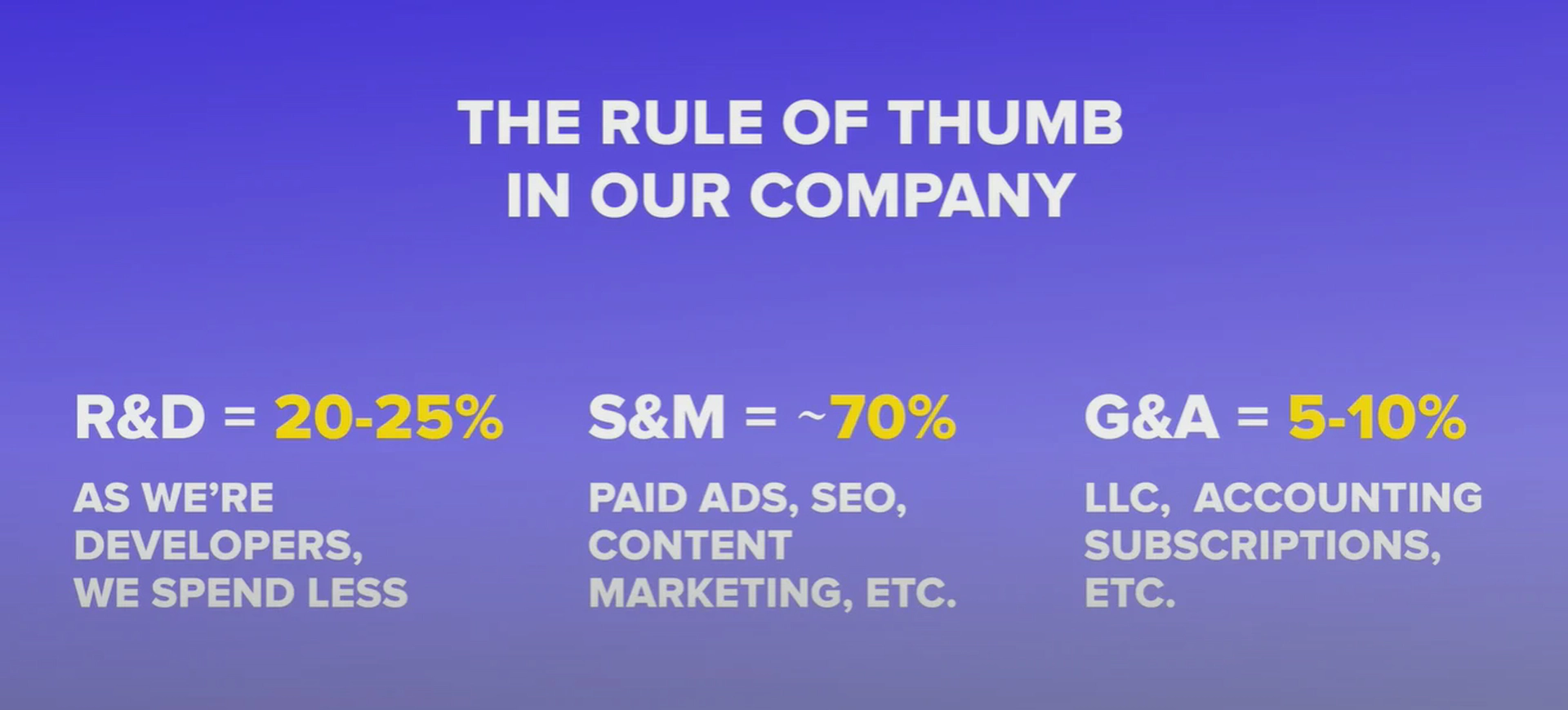
But in the real world, if we are talking about existing SaaS companies, the rule of thumb is more like 30–50–20. 40–40–20 is more like a placeholder and at starting point for you to consider. Of course, if you are building your micro SaaS by yourself, the expenses on the research and development stage could be even 10%. But one thing always stays the same. The expenses on marketing and sales should be at least 40% of your monthly budget you are going to spend on your business. But to make sure you can grow and start making more money.
This rule is working and tested by millions of businesses.
Moving to our next golden rule and our third rule is called know your potential market size. For micro SaaS products, you should focus on a specific niche.
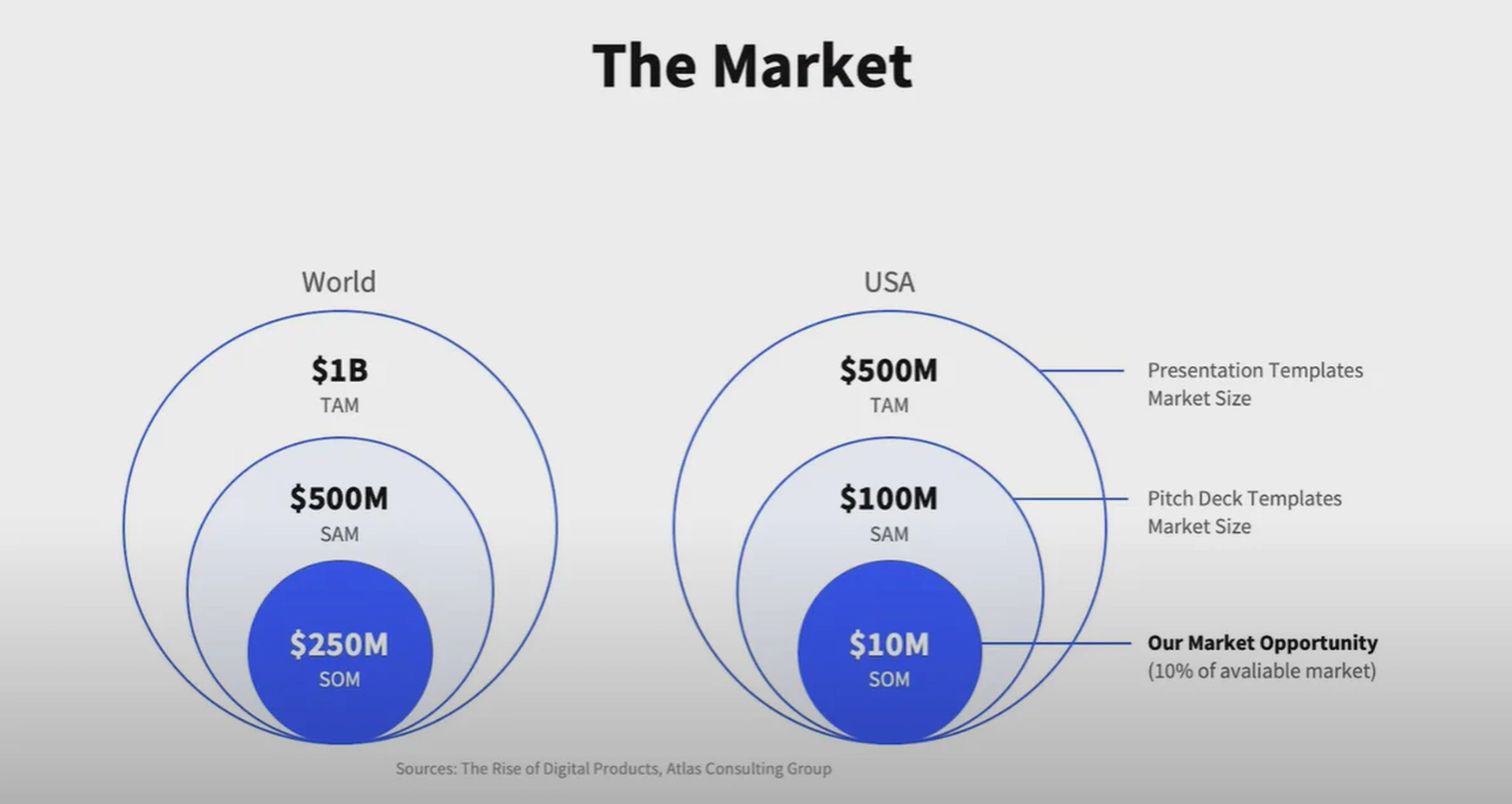
When startups do their pitches to investors, one of the must have slides on their pitch deck is about potential market size. This slide helps investors to understand if your idea is in demand, what could be your potential market share and how far you can go.
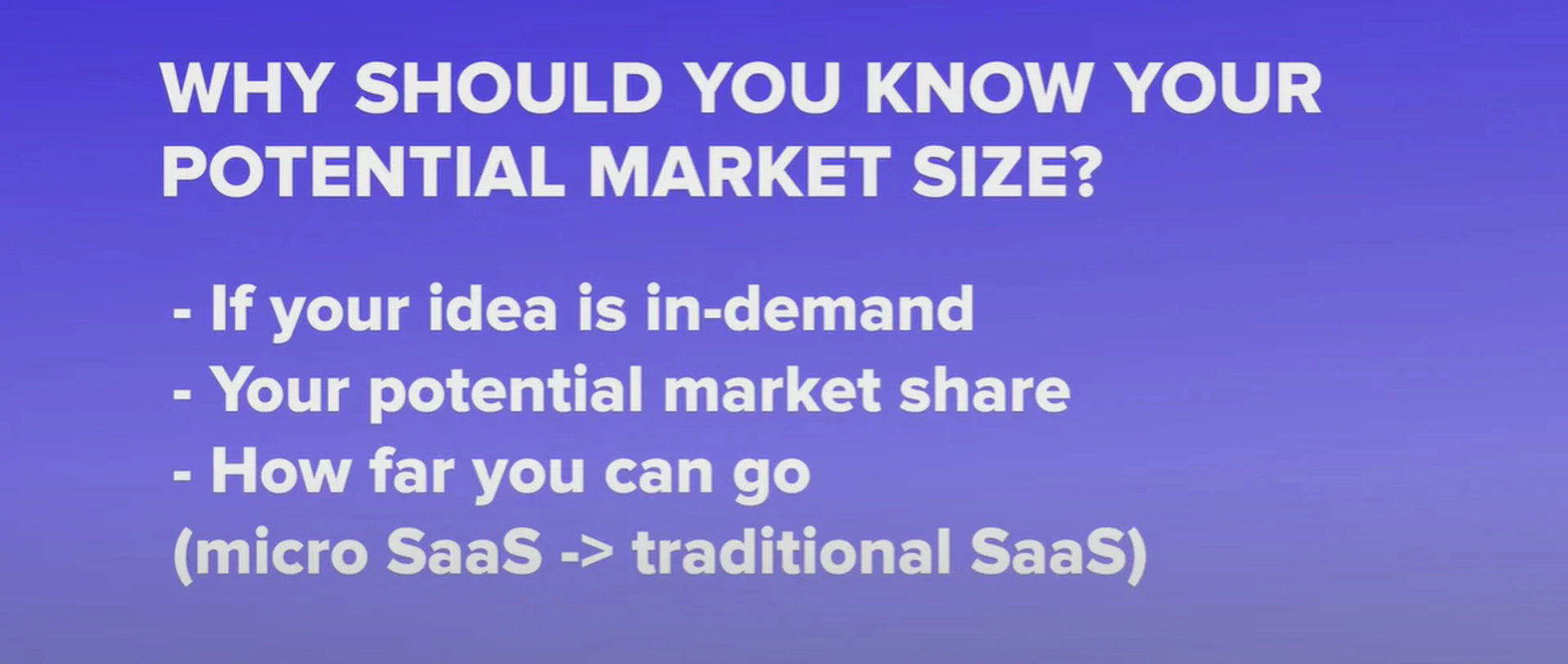
I see that a lot of business owners create a product first and only then test the market, how difficult it is and so on. And after that you can find topics on Reddit or other forums where founders couldn’t understand why the promotion doesn’t work for the SaaS businesses.
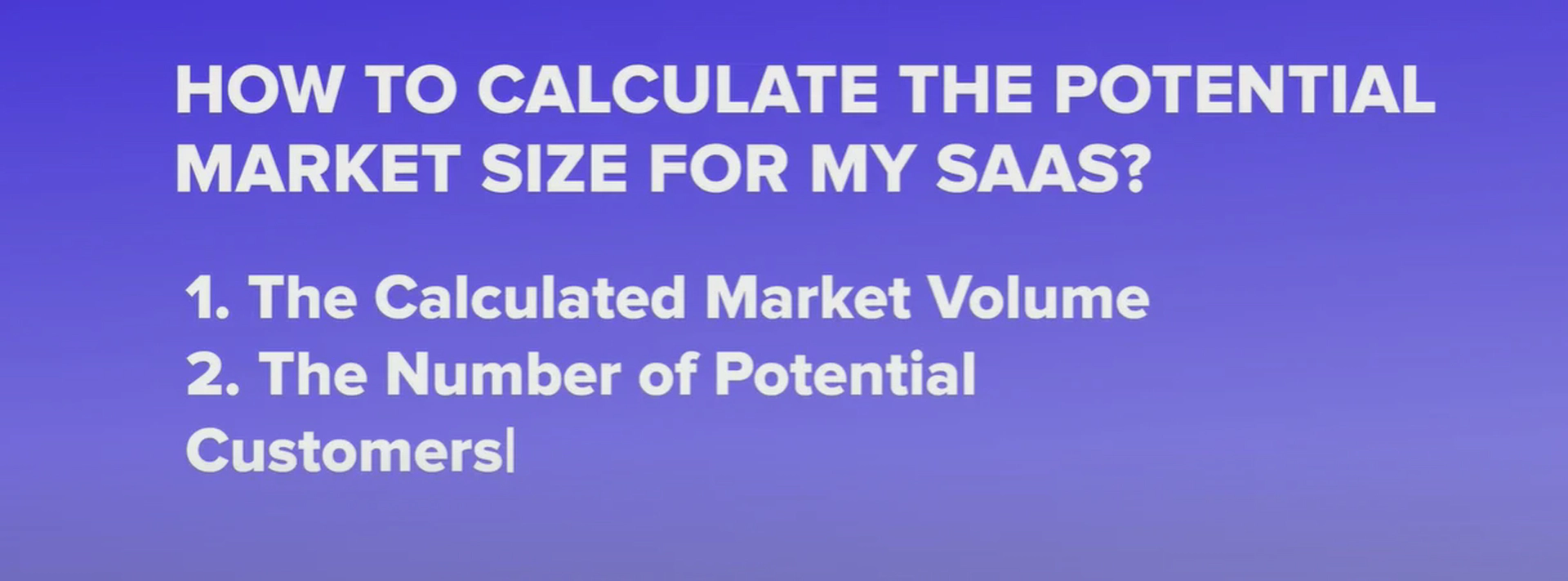
To understand the potential market size you should look at one of two metrics, the calculated market volume or the number of potential customers.
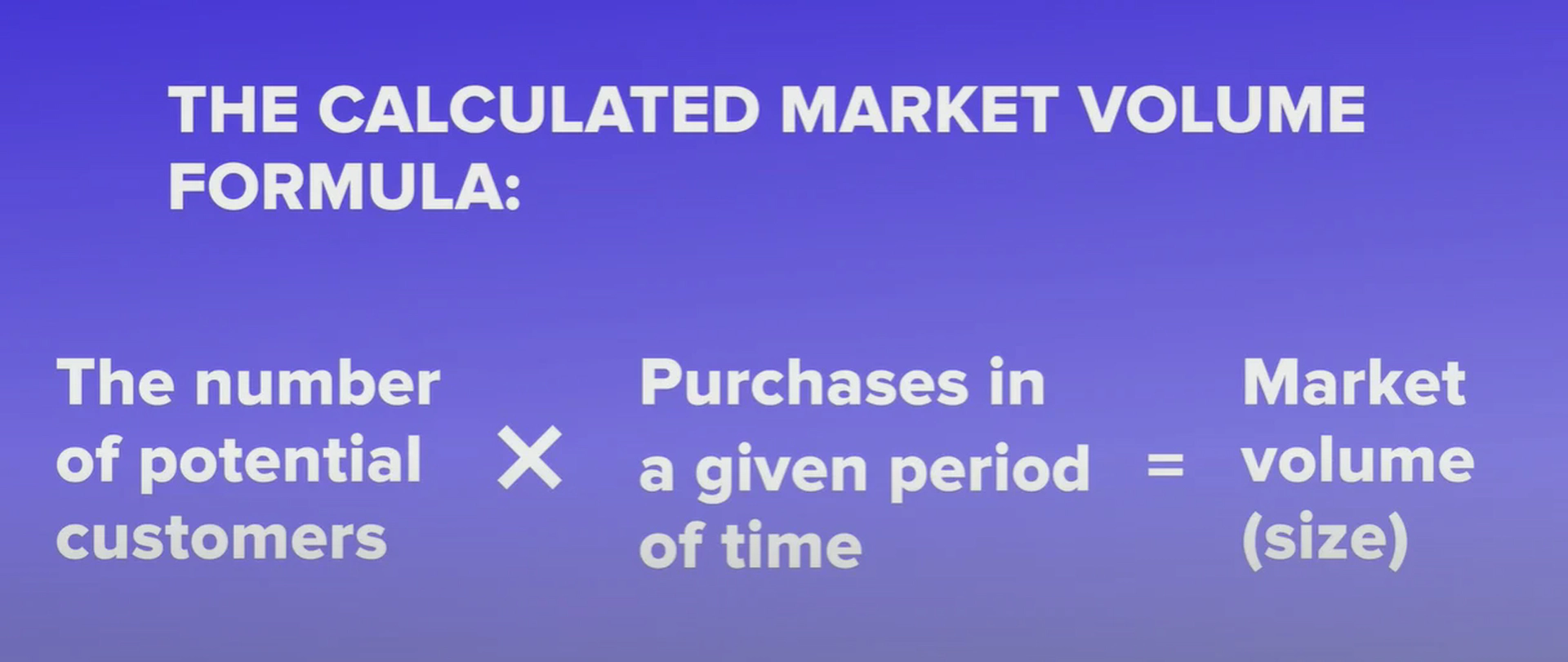
The calculated market volume is usually difficult to calculate due to the lack of data, but you should consider the following the number of potential customers. You should multiply by purchases in a given period of time and you will get market volume. As you understand that our micro SaaS won’t make millions of dollars, I recommend focusing more on the number of potential customers. Basically there are two ways to find the number of potential customers.
The first way is to research keywords and potential monthly traffic.
Lets take as an example of SaaS app called PicWish.
The main idea of this app is to remove background. So we need to use our remove background keywords in different variations of course to understand how many people monthly are searching for these terms. By searching in Google you can see that more than 300k people in the US are looking for web apps that provide remove background feature and that is one of your ways to understand your potential market size. Another tool I recommend using is called Google Trends. It will help you to understand if you create a season depending product lets say Christmas or Halloween decorations.
The second way to research a market size is through industry reports and studies. Seek industry reports and studies related to your niche. Usually you can find these reports from news websites or leaders in your niche.
Lets take another business to understand the market size.
Relai app this app is focusing on bitcoin investing and to understand the potential market size of bitcoin holders. You can just Google how many people own and use bitcoin and here we go.
We are moving forward and the next golden rule is called the beaten track or the blue Ocean. All of you might hear a lot of times that if you are creating a business you need to have a competitive advantage.
I agree with that but its not always true and I will prove to you why. Most SaaS companies have a huge number of competitors and some niches are overcrowded crowded with the competition. But does it mean that this or SaaS business is unprofitable? Of course not.
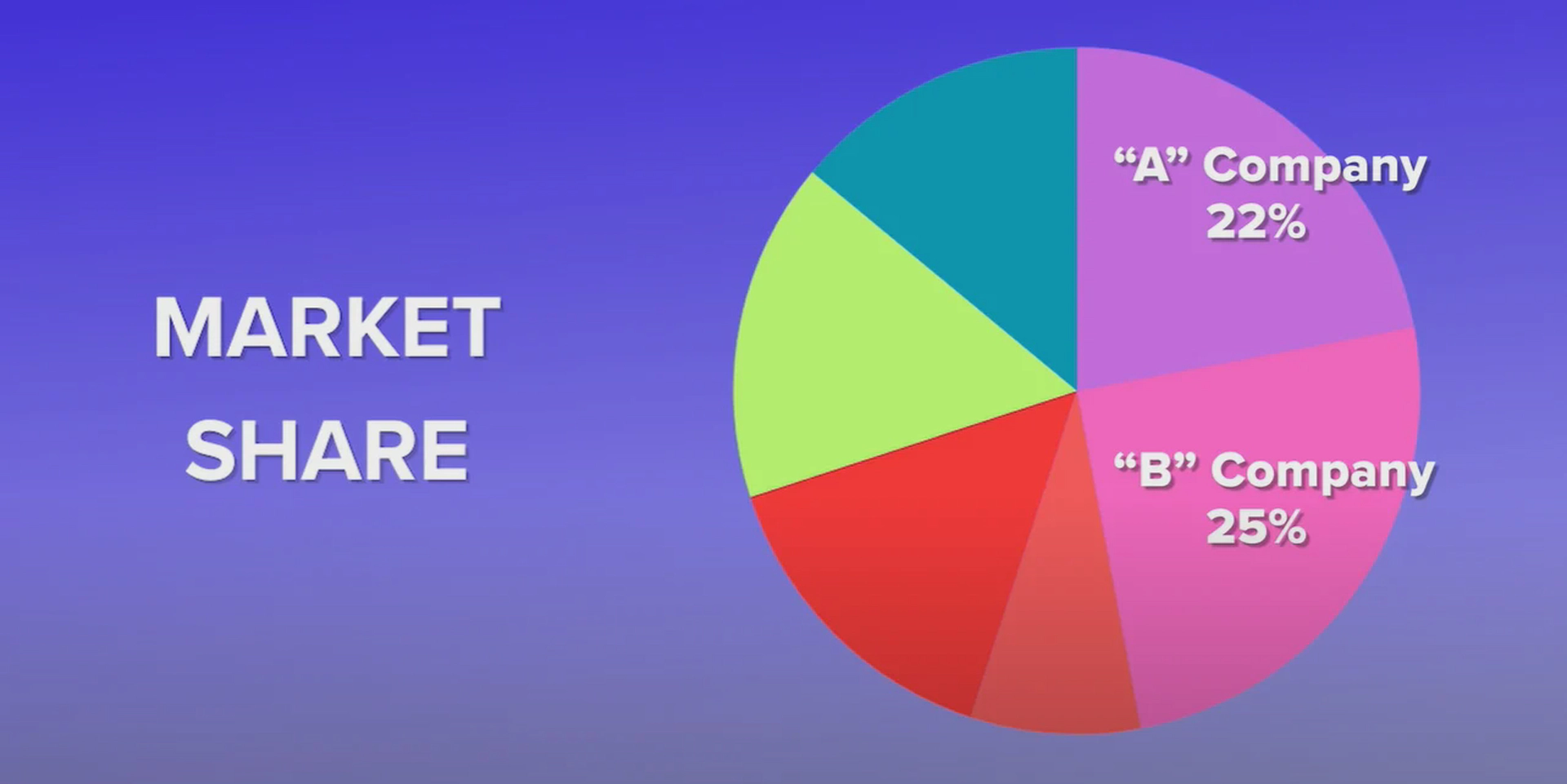
The “A” company might have a 22% of market share, the “B” company another 25%, but the “C”, “D”, “E” and other ten similar companies share the rest of the market. And the answer for that is that every company has its own fanbase, a dedicated audience that knows about competitors but they like your product. They might have found you before other competitors and at that period of time they just don’t care about anyone else.
Without analyzing competitors you wont understand what works and what doesn’t. However, building a fan base of customers who love your product is always better than blindly relying on competitive advantages. That might not bring you new customers.
But of course you need to do something different. The same product but different looking features. The same features but a different business approach and so on.
Alright, its time to talk about our next golden rule, the right growing metrics and the business model I will start with the business model. There are six main pricing models you should premium per user pricing, flat rate tired pricing, user base pricing and pair feature pricing. I won’t dive deep into each of these pricing models, but I want to highlight the main three you should be using for your micro SaaS:
If you want to build your customer base quickly, I highly recommend starting with the freemium pricing model. Basically you provide access to a basic version of the software for free. Talking about your product.
At least 40% of your feature should be free and the rest is up to you. But again, everything depends on your micro SaaS business. When we have added try for free button on our homepage, we started to see 3.5 times more registrations in our app. If you want to provide more flexibility for your customers, try to combine freemium with user based pricing models.
And now let’s talk more about growing metrics.
It’s always a challenge to understand if your microsite will be profitable or not. You should dive deep into the marketing and sales process here.
Let’s say we are using a freemium and tired pricing model. It doesn’t matter what your micro SaaS does, but you need to focus on the next metrics.
Users to subscribers conversion rate.
You need to take all users who bought a subscription from you. Monthly and yearly subscriptions should be separated and divide it to all registered users or users who exploit your app for free and users who bought a subscription or in some way paid you. Next kind of metric is called customer satisfaction.
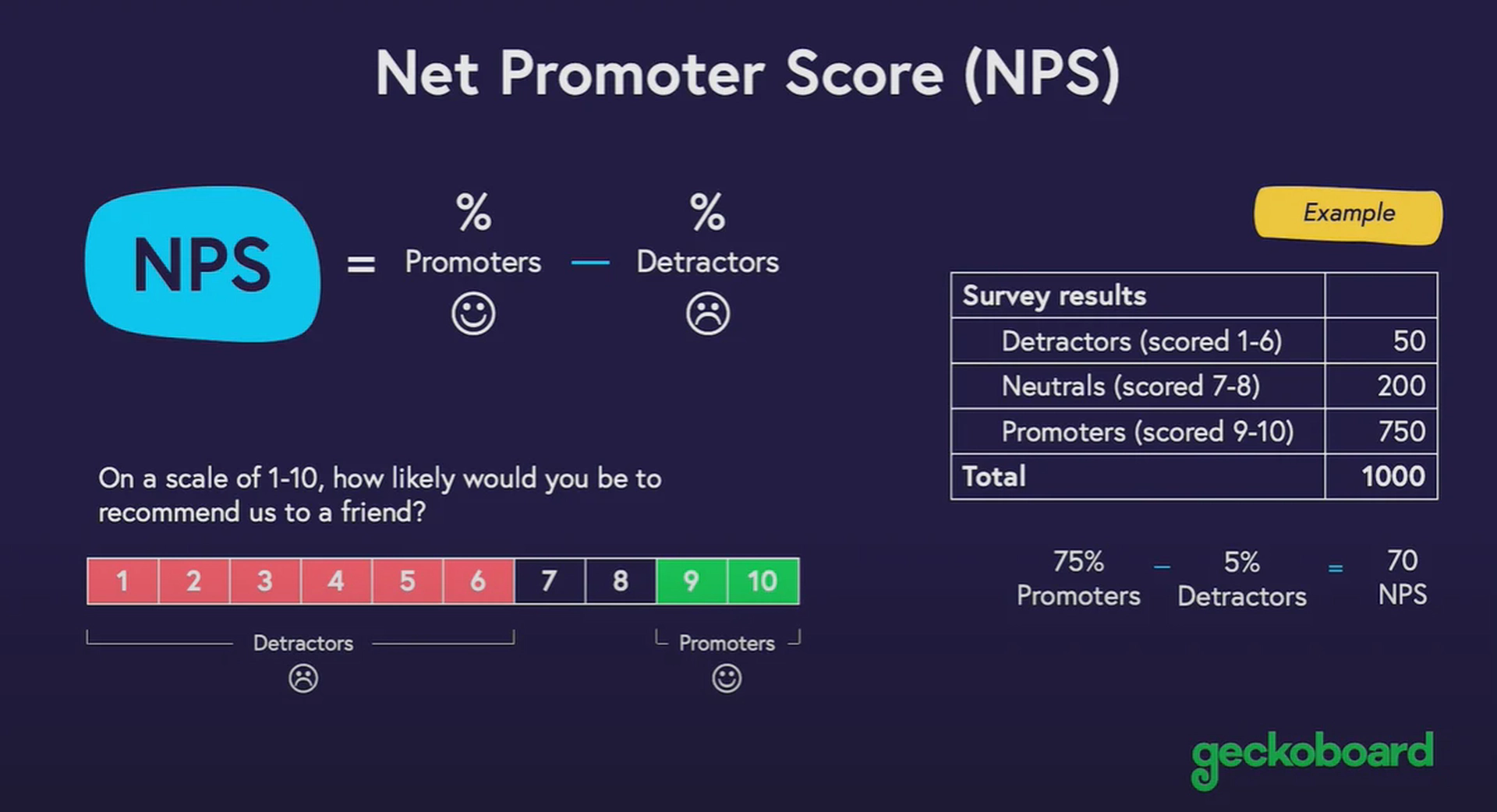
With the net promoter score you can measure customer loyalty by looking if they will recommend your product or not.
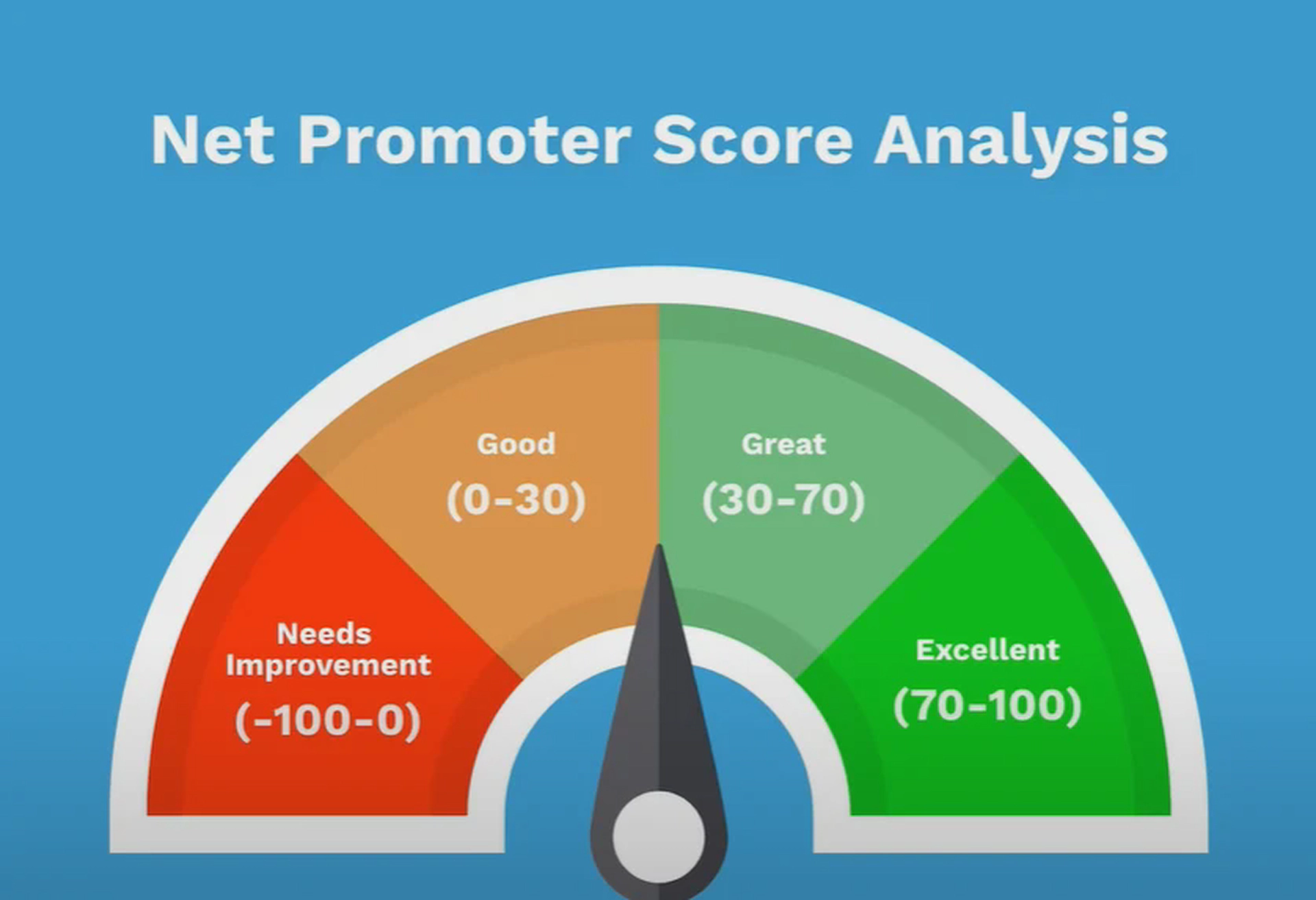
Your NP’s score is determined by a single question and shown as a number between -100 to +100 with higher number being better. You can always send any kind of surveys that are relevant through email marketing so it will not only help you to understand the customer satisfaction, but you will also understand the number of active and engaging users and these users might be your ideal customers to learn from. Of course we don’t talk about your expenses, monthly recurring revenue or other well known metrics just because its more about the financial part, but you should always consider them.
Implementing these 5 golden rules can significantly boost your chances of building a successful and profitable micro SaaS business. By focusing on solving specific problems, prioritizing customer needs, keeping operations lean, leveraging automation, and continuously iterating based on feedback, you’ll be well-positioned to thrive in the competitive SaaS landscape. Remember, building a profitable micro SaaS isn’t just about the product - it’s about creating sustainable value for your customers while maintaining an efficient, scalable business model.

Top 13 Micro SaaS Ideas - Profitable Examples for 2024. That's going to give you some really good inspiration …

Ten B2B SaaS examples that I'm sure you're going to get some amazing inspiration from. For each of these …

Every year, there are new technologies that make a difference in the world. 2024 is turning out to be amazing …